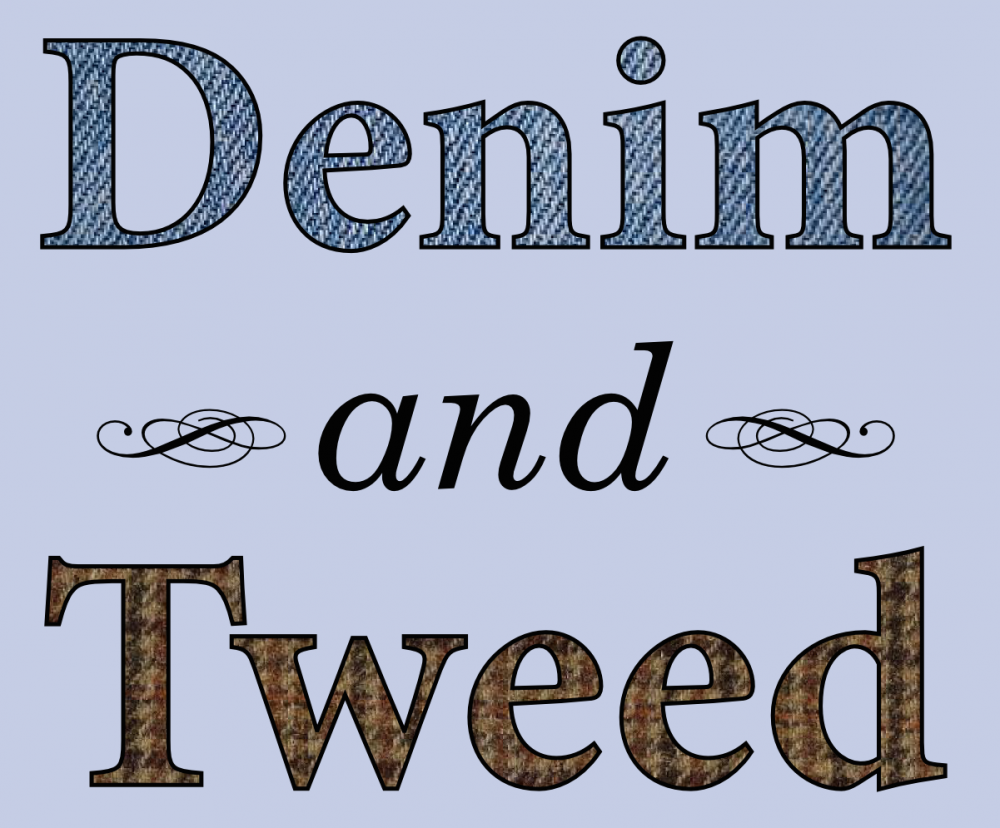 Ho-hum. Photo by v1ctory_1s_m1ne.
Ho-hum. Photo by v1ctory_1s_m1ne.A week from today, I defend my dissertation. Fortunately, Eric Michael Johnson pointed out to me that the most worrisome possible question has been answered. So I’m all set!
- Historical perspective with your marine biology. In which a coral is unceremoniously plucked from the ocean floor after 2,000 years of not-quite undisturbed growth.
- Movin’ north. Predicting how individual species will respond to climate change is often tricky, but the broad trends are crystal clear.
- With our powers combined … Photosynthetic algae plus salamander eggs equals solar-powered salamander eggs.
- Cretaceous cooties. A new phylogenetic analysis suggests that the common ancestor of all modern lice made its living irritating feathered dinosaurs.
- I’m not bored—I’m empathizing! Chimpanzees are more likely to yawn in response to another chimp’s yawn if the other chimp is a member of their own social group.
- Hypothesis testing fail. Do ovulating women buy sexier clothes to be more attractive while they’re most fertile, or because they’ve been objectified by evolutionary psychologists?
- Clean up your act! People seem to cope with disordered environments by relying more upon stereotypes.
- I’m shocked, shocked that this story was misreported! The recently uncovered remains of a “gay caveman” were probably neither gay, nor a caveman.









